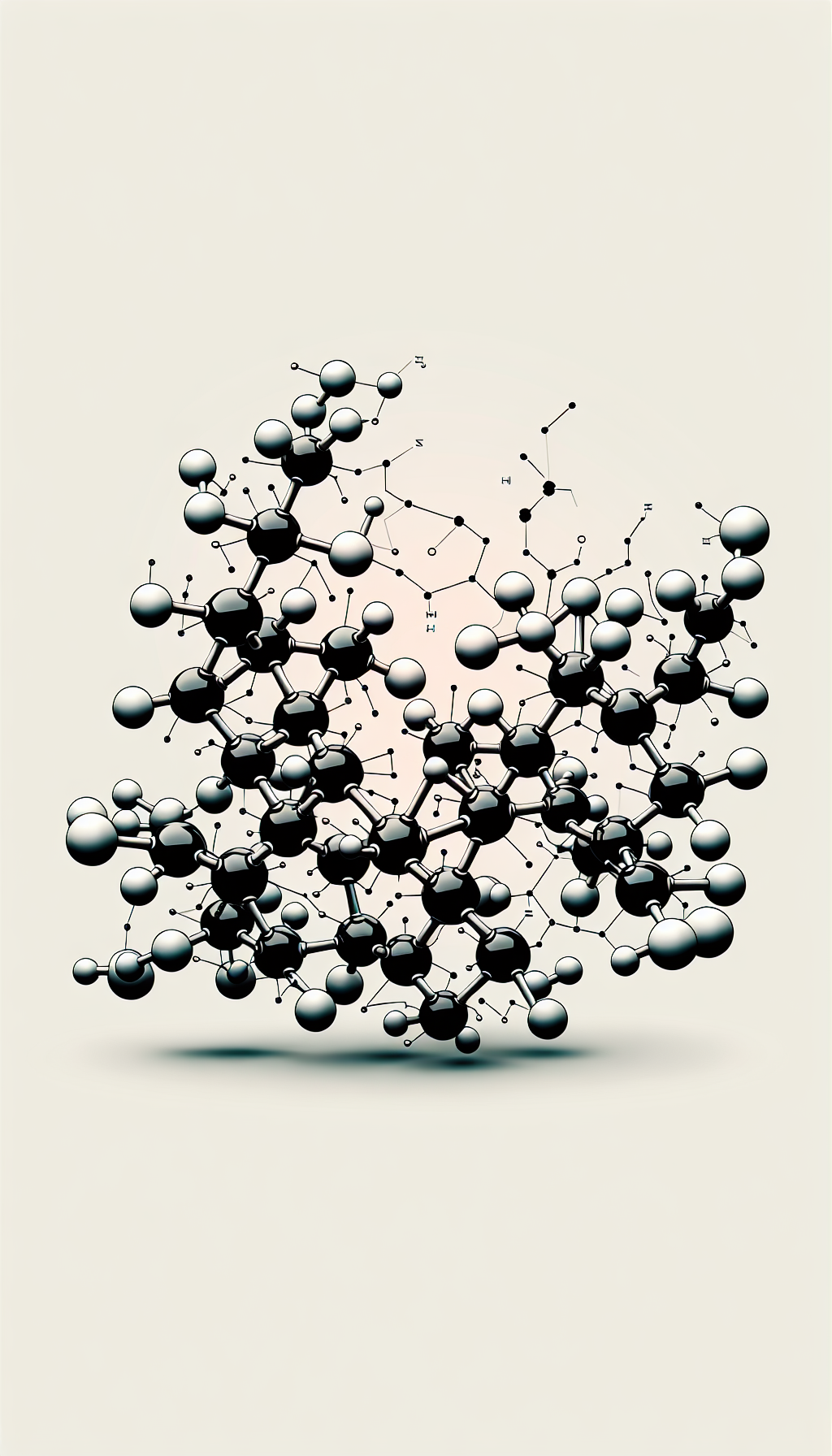What is CBG
The Potential Health Benefits of CBG
Cannabigerol, or CBG, is a lesser-known cannabinoid found in the cannabis plant. While most people are familiar with THC and CBD, CBG is starting to gain attention for its potential health benefits. In this article, we will explore some of the potential health benefits of CBG and how it may be used to improve overall well-being.
One of the most exciting aspects of CBG is its potential as an anti-inflammatory agent. Inflammation is a natural response by the body to injury or infection, but chronic inflammation can lead to a variety of health problems. CBG has been shown to have anti-inflammatory properties, which may help reduce inflammation and alleviate symptoms associated with conditions such as arthritis and inflammatory bowel disease.
In addition to its anti-inflammatory properties, CBG may also have neuroprotective effects. Studies have shown that CBG can help protect brain cells from damage and promote the growth of new brain cells. This has led to speculation that CBG could be used to treat neurodegenerative diseases such as Alzheimer’s and Parkinson’s.
Another potential health benefit of CBG is its ability to relieve pain. CBG has been shown to interact with the body’s endocannabinoid system, which plays a role in regulating pain. By interacting with these receptors, CBG may help reduce pain and improve overall comfort.
CBG may also have antibacterial properties. Research has shown that CBG can inhibit the growth of certain bacteria, including those that are resistant to antibiotics. This suggests that CBG could be used as an alternative or complementary treatment for bacterial infections.
Furthermore, CBG has shown promise in the treatment of glaucoma. Glaucoma is a condition characterized by increased pressure in the eye, which can lead to vision loss. Studies have found that CBG can help reduce intraocular pressure, potentially providing relief for those suffering from glaucoma.
Additionally, CBG may have anti-cancer properties. Research has shown that CBG can inhibit the growth of cancer cells and promote apoptosis, or programmed cell death, in certain types of cancer. While more research is needed, these findings suggest that CBG could be a valuable tool in the fight against cancer.
Lastly, CBG may have potential as an appetite stimulant. Some studies have found that CBG can increase appetite in animals, which could be beneficial for those suffering from conditions that cause a loss of appetite, such as cancer or HIV/AIDS.
In conclusion, CBG is a cannabinoid with a wide range of potential health benefits. From its anti-inflammatory and neuroprotective properties to its ability to relieve pain and inhibit bacterial growth, CBG shows promise in improving overall well-being. While more research is needed to fully understand the extent of CBG‘s benefits, it is clear that this lesser-known cannabinoid has the potential to make a significant impact on the field of medicine.
Exploring the Therapeutic Properties of CBG

What is CBG?
CBG, short for cannabigerol, is a lesser-known cannabinoid found in the cannabis plant. While most people are familiar with THC and CBD, CBG has been gaining attention for its potential therapeutic properties. In this article, we will explore the therapeutic properties of CBG and how it differs from other cannabinoids.
CBG is often referred to as the “mother cannabinoid” because it is the precursor to other cannabinoids such as THC and CBD. It is present in the early stages of the cannabis plant’s growth and is gradually converted into other cannabinoids as the plant matures. This unique characteristic sets CBG apart from other cannabinoids and makes it an intriguing subject of study.
One of the most exciting aspects of CBG is its potential as an anti-inflammatory agent. Inflammation is a natural response by the body to injury or infection, but chronic inflammation can lead to various health issues. Studies have shown that CBG has anti-inflammatory properties, which could make it a promising treatment for conditions such as arthritis, inflammatory bowel disease, and even neurodegenerative diseases like Alzheimer’s.
In addition to its anti-inflammatory properties, CBG has also shown promise as an antibacterial agent. Research has found that CBG can inhibit the growth of certain bacteria, including drug-resistant strains like MRSA. This discovery is particularly significant as antibiotic resistance is becoming a major global health concern. CBG could potentially be used as an alternative or complementary treatment for bacterial infections.
Furthermore, CBG has been found to have neuroprotective properties. Neurodegenerative diseases, such as Parkinson’s and Huntington’s, are characterized by the progressive loss of neurons in the brain. Studies have shown that CBG can protect neurons from damage and promote their survival. This suggests that CBG could be a potential therapeutic option for individuals suffering from these debilitating conditions.
Another area where CBG shows promise is in the treatment of glaucoma. Glaucoma is a condition that causes increased pressure in the eye, leading to optic nerve damage and vision loss. Research has found that CBG can help reduce intraocular pressure, making it a potential treatment for glaucoma. While more studies are needed to fully understand CBG‘s effects on glaucoma, the initial findings are encouraging.
It is important to note that while CBG shows great potential, more research is needed to fully understand its therapeutic properties and how it interacts with other cannabinoids. The legal status of CBG also varies from country to country, so it is essential to consult local regulations before using CBG products.
In conclusion, CBG is a cannabinoid found in the cannabis plant that has shown promise in various therapeutic areas. Its anti-inflammatory, antibacterial, neuroprotective, and potential glaucoma treatment properties make it an intriguing subject of study. However, more research is needed to fully understand CBG‘s effects and its interaction with other cannabinoids. As the scientific community continues to explore the therapeutic potential of CBG, it may become a valuable addition to the arsenal of natural remedies available to us.
Understanding the Role of CBG in the Cannabis Plant
Cannabis has been a topic of interest and controversy for many years. With the recent surge in popularity of CBD, another compound found in the cannabis plant has started to gain attention – CBG. But what exactly is CBG and what role does it play in the cannabis plant?
CBG, short for cannabigerol, is one of the many cannabinoids found in the cannabis plant. While CBD and THC are the most well-known cannabinoids, CBG is often referred to as the “mother cannabinoid” because it is the precursor to other cannabinoids. In fact, CBG is the first cannabinoid that is produced by the cannabis plant during its growth cycle.
Although CBG is present in small quantities in most cannabis strains, it is typically found in higher concentrations in younger plants. As the plant matures, CBG is converted into other cannabinoids, such as THC and CBD. This is why CBG is often referred to as the “stem cell” of cannabinoids.
So, what exactly does CBG do in the cannabis plant? Well, research suggests that CBG has a variety of potential therapeutic benefits. For instance, studies have shown that CBG may have anti-inflammatory properties, making it a potential treatment option for conditions such as arthritis and inflammatory bowel disease.
CBG has also been found to have neuroprotective properties, meaning it may help protect the brain from damage caused by conditions like Alzheimer’s disease and Parkinson’s disease. Additionally, CBG has shown promise in inhibiting the growth of certain types of cancer cells, although more research is needed to fully understand its potential in this area.
Another interesting aspect of CBG is its potential as an antibacterial agent. Research has shown that CBG may be effective against drug-resistant bacteria, such as MRSA. This could have significant implications for the medical field, as antibiotic resistance is becoming an increasingly pressing issue.
In addition to its potential therapeutic benefits, CBG may also play a role in the entourage effect. The entourage effect refers to the idea that cannabinoids and other compounds found in the cannabis plant work together to produce a synergistic effect. In other words, the whole plant is greater than the sum of its parts. CBG, along with other cannabinoids, terpenes, and flavonoids, may work together to enhance the overall therapeutic potential of cannabis.
While CBG is still relatively understudied compared to other cannabinoids, its potential is undeniable. As more research is conducted, we will likely gain a better understanding of CBG‘s role in the cannabis plant and its potential therapeutic applications.
In conclusion, CBG is a fascinating cannabinoid found in the cannabis plant. As the precursor to other cannabinoids, it plays a crucial role in the plant’s growth cycle. Research suggests that CBG may have a variety of therapeutic benefits, including anti-inflammatory, neuroprotective, and antibacterial properties. Additionally, CBG may contribute to the entourage effect, enhancing the overall therapeutic potential of cannabis. While more research is needed, CBG holds great promise and is definitely worth keeping an eye on in the world of cannabis.
Q&A
1. What is CBG?
CBG stands for cannabigerol, which is a non-psychoactive cannabinoid found in the cannabis plant.
2. How is CBG different from CBD?
CBG and CBD are both cannabinoids found in cannabis, but they have different chemical structures and potential therapeutic effects.
3. What are the potential benefits of CBG?
CBG has been studied for its potential anti-inflammatory, antibacterial, and neuroprotective properties. It may also have potential in treating glaucoma, inflammatory bowel disease, and certain types of cancer. However, more research is needed to fully understand its benefits.
Conclusion
CBG, or cannabigerol, is a non-psychoactive cannabinoid found in the cannabis plant. It is considered a minor cannabinoid, as it is typically present in lower concentrations compared to THC and CBD. CBG is believed to have potential therapeutic properties, including anti-inflammatory, analgesic, and neuroprotective effects. However, further research is needed to fully understand its potential benefits and mechanisms of action.
![]()

